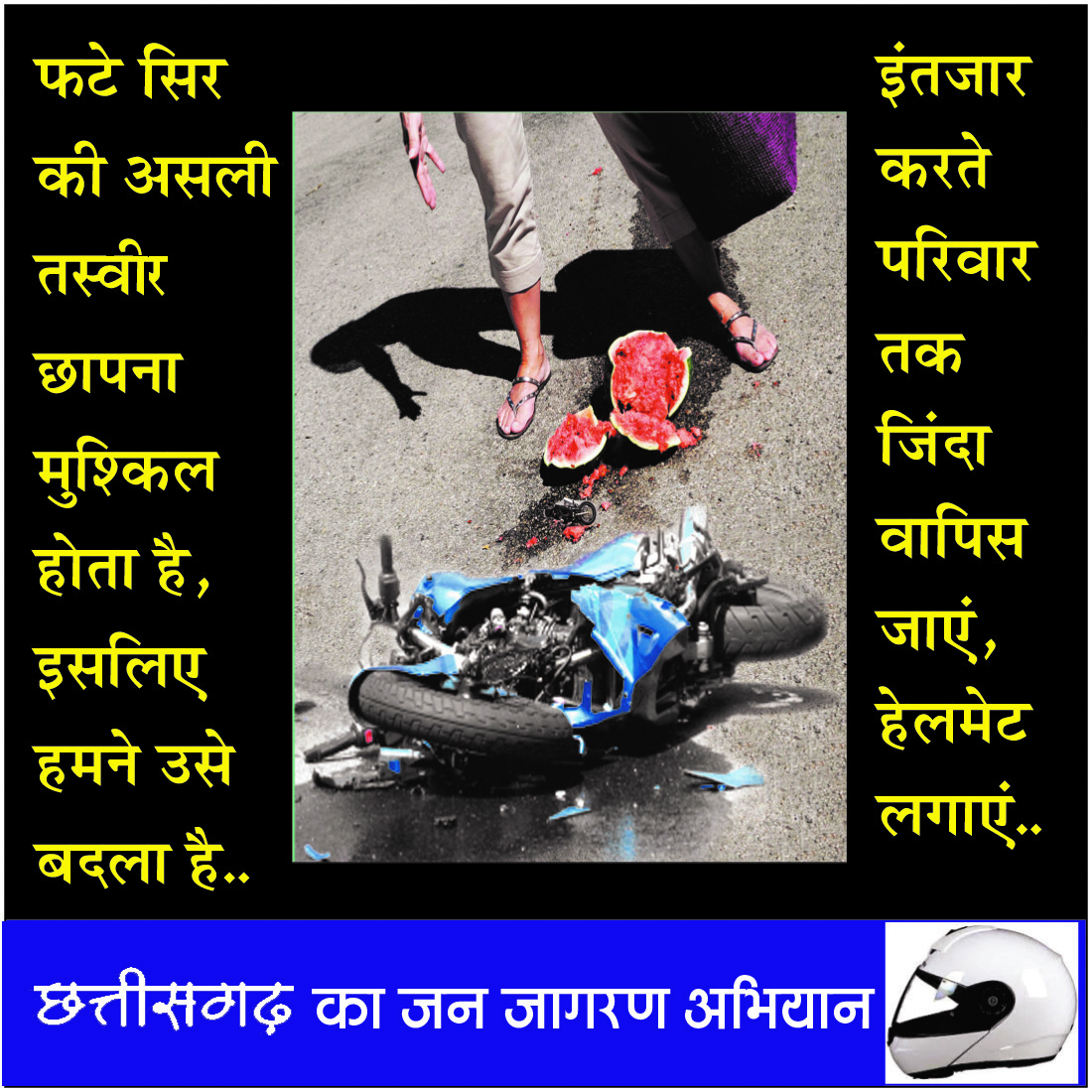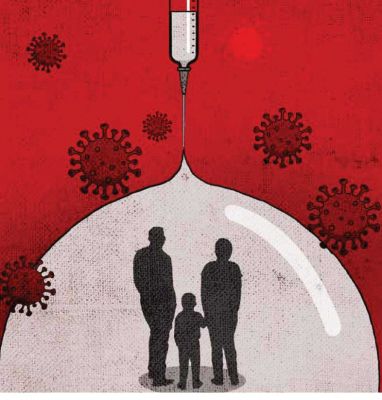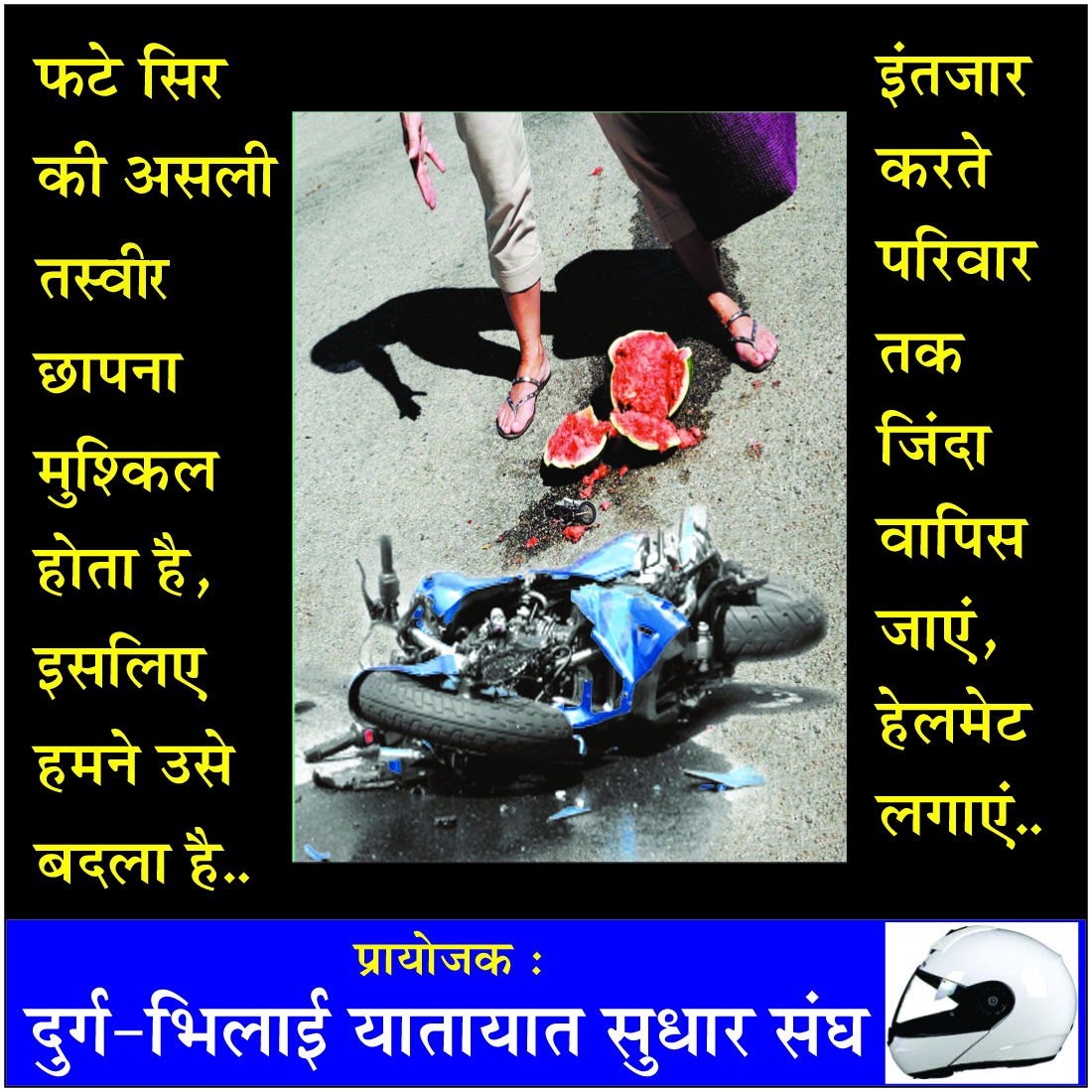संपादक की पसंद

With the tragic demise of Bollywood actor Sushant Singh Rajput, Indian media unfortunately chose to focus on the suicide rather than the loss of a young life. In this piece, senior journalist Aarti Dhar stresses on the need for the media to abide by guidelines and report suicides with sensitivity, which might prevent others from taking the extreme step.
Hyderabad: Sunday afternoon came with rather unfortunate news. Actor Sushant Singh Rajput had passed away. His body was reportedly found hanging in his flat in a posh Mumbai locality. By the next day, post-mortem confirmed that it was a case of suicide.
The life of the 34-year-old actor with a promising future had been cut short. This fact will not change, but what needs to change is the way suicides are covered by media.
Within minutes, television channels switched to the 'big breaking' news of the day. The focus was on how Sushant Singh Rajput had committed suicide rather than the loss of a young life. Most television channels 'broke this news' for almost the entire day describing the way Sushant Singh had ended his life.
So much so, even telling the viewers the colour of the cloth with which the body was found hanging when the door of his bedroom was broken open. Telecasting live when the body was taken out from the house and almost insisting on a quote from the grieving family members back home at Patna. Worse was speculating on the reason behind his alleged suicide -- from professional failure to break up with girlfriend to financial crisis, until it was realised he had been suffering from depression and was on treatment.
As expected, the morning newspapers too, front-paged the story with the actor's picture and details of the act that had ended a precious life.
Not to be blamed, electronic media is about 'breaking the news first' and newspapers compete with each other on the minutest details, display and pictures!
The news deserves prominence, no doubt, but does suicide deserve to be highlighted? One would say it is difficult to differentiate the two as prima facie it does appear to be a case of suicide, but what one generally forgets is that repeated stories on suicide can 'prompt' many to take the extreme step.
More than 50 researches done across the world have found that news coverage can increase the likelihood of suicide in vulnerable individuals, depending on the amount, duration and prominence of coverage. By 'vulnerable individuals' we mean those people who are already thinking about suicide and can be influenced to copycat the act based on what they see or read on media. Sensationalising suicides of celebrities can 'inspire' such individuals to do the same because they feel it is 'ok' to do it and can even make them a celebrity instantly.
Research has also shown showing stories of suicide on media can increase the incidence of suicides by 2.5 times. Referred to as 'Copycat Suicides', it has been proven that suicide rates rise after the suicides of celebrities the most, and to a lesser extent political figures that receive publicity in the mass media, or sensationalised — to put it in simple terms.
On the other side, there is also increasing evidence for the positive roles media can play in suicide prevention. The 'Papageno Studies' is the effect that mass media can have by presenting non-suicide alternatives to crises. Media can make a very relevant contribution to suicide prevention by minimising sensationalist reporting, and maximising reporting on how to cope with suicidality and adverse circumstances.
There is no single reason behind suicides. But more often, they are the result of a mental disorder that can range from depression/stress to severe mental ailments. At times, it is also genetic or there is a history of suicides in the family. But suicides can be prevented if mental disorders are destigmatised, accepted as any other illness and mental healthcare is accessible to all. Sometimes just listening to a suicidal person can make him/her change the decision. People with mental disorders are not 'mad' as is often believed.
The World Health Organisation in 2008 came out with guidelines for media on suicide reporting. For some reason, these guidelines are not being followed by media in letter and spirit.
The WHO has listed 11 points for media to follow while reporting on suicide. The most important being not to sensationalise suicides and educate people on mental health issues to prevent suicide. By not sensationalising, one would mean to avoid using the word 'suicide' in the headline, instead saying an individual was dead would still catch eyeballs.
Not using the picture of the deceased, not identifying the place where the suicide took place and not describing the method used to end the life are some other crucial guidelines media is supposed to follow. Respecting the sentiments of the family at that critical moment by not insisting on their quotes of filming them and taking pictures without prior permission is also recommended. Instead, the WHO says mentioning helpline numbers and healthcare centres where mental healthcare facility is available could be of great use to people with suicidal tendencies. Being careful in choosing words is crucial. The contents of the suicide note need not be given out. Just saying a suicide note was found and is being looked into is good enough.
Not using phrases that normalise self-harm such as 'epidemic' of suicide or 'failed attempt' is recommended. It is equally important to educate the community about mental health issues, the guidelines say while saying that including warning signs, and helpline number is critical. Quoting people as saying or drawing inference that suicide had ended the problems of an individual could just be an idea for some vulnerable individual trying to brave problems in his/her life.
The Press Council of India in September 2019 also endorsed these guidelines and asked media to abstain from identifying a mentally ill person or using his/her picture or footage without prior permission.
But coverage of suicides in media in India is far from ideal while experiences from Austria, the first country worldwide to implement their own set of media recommendations back in 1987 as well as from other countries nowadays support that active collaboration with the media can help prevent suicides and improve the quality of reporting.
According to the National Crime Records Bureau report, the suicide rate in India in 2018 was 10.2 per 100,000 population. As many as 1.34 lakh people commit suicide in the country every year while another 1.60 lakh suicides are not even reported. Majority of the suicides are reported in the age group of 14-29 years — the most productive years of life!
The death of Sushant Singh Rajput is an opportunity for the media and other stakeholders to push for stricter implementation of the WHO guidelines to save lives. The life can be that of a media person also because they are no exception to this contagion.
More so at a time when Coronavirus has put lives under stress and India has already seen suicides due to job loss, withdrawal symptoms and even at quarantine centres because of stigma attached to the disease. (moneycontrol.com)










.jpg)
.jpg)


.jpg)




